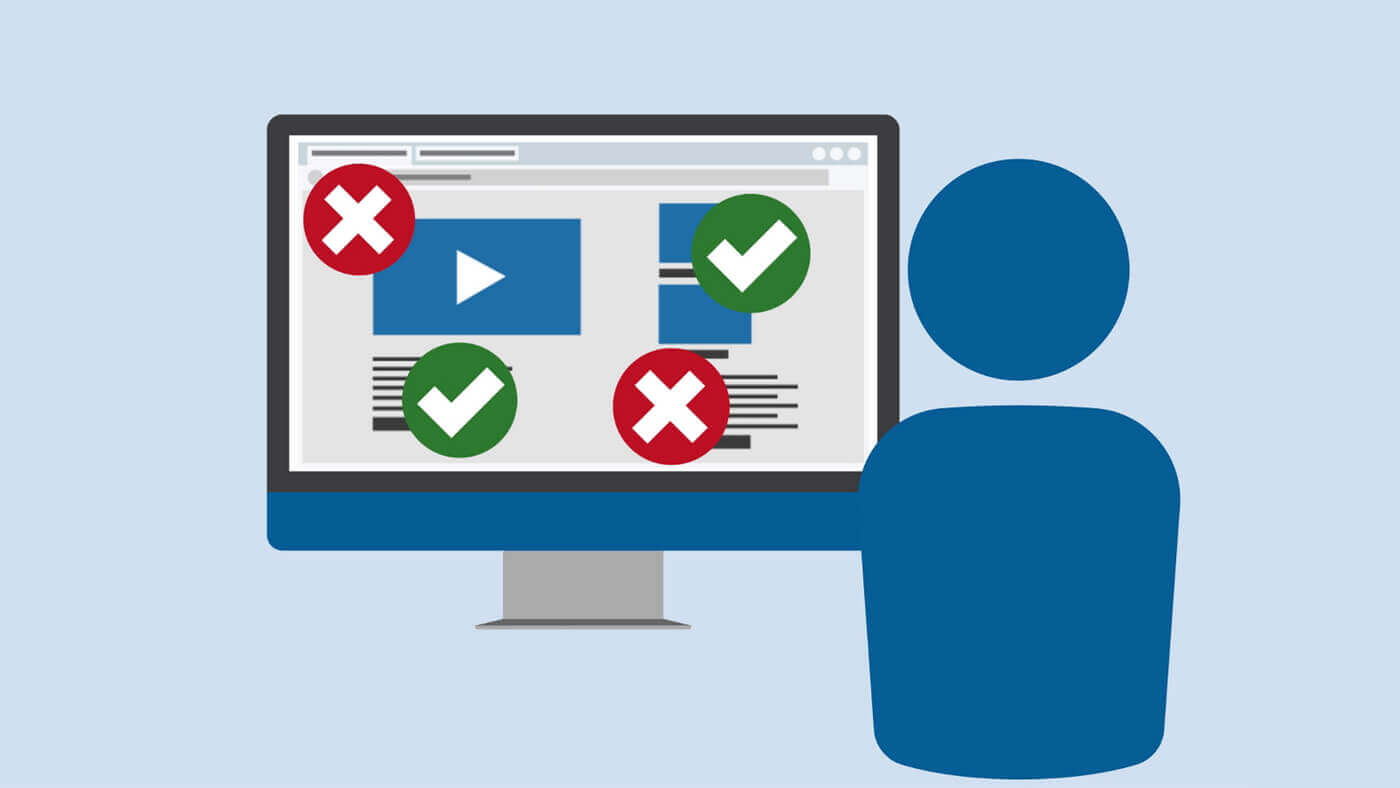Pulse of Information
Your source for the latest insights and updates.
Web Accessibility: More Than Just a Checkbox
Unlock the true potential of your website! Discover why web accessibility is essential and more than just a checkbox.
Understanding Web Accessibility: Beyond Compliance to Inclusion
Web accessibility is often seen as a set of rules to follow for compliance, but it goes far beyond just meeting standards. It's about creating a digital environment that welcomes everyone, including individuals with disabilities. By understanding the importance of inclusion, we can foster an online experience that caters to diverse needs. This includes implementing features like screen reader compatibility, keyboard navigation, and appropriate color contrasts, which can significantly enhance user experience. When people engage with accessible websites, they feel valued and empowered, leading to greater participation and community building.
Moreover, the benefits of prioritizing web accessibility extend beyond just legal obligations. Organizations that embrace inclusivity often see improved SEO performance, as search engines favor sites that are easy to navigate. To truly understand this concept, consider the following steps:
- Conduct regular accessibility audits to identify barriers.
- Incorporate feedback from users with disabilities.
- Provide training for your team on best practices.

Top 5 Common Misconceptions About Web Accessibility
Web accessibility is often misunderstood, leading to common misconceptions that can hinder progress in creating inclusive digital environments. One of the most prevalent myths is that web accessibility is solely about individuals with disabilities. While it is crucial for users with visual, auditory, or motor impairments, accessibility benefits everyone. For instance, older adults or those with temporary impairments, like a broken arm, also face challenges navigating inaccessible websites. Thus, prioritizing accessibility enhances the overall user experience for all visitors.
Another widespread belief is that implementing web accessibility is too costly or complex for small businesses. In reality, many accessibility solutions are simple and affordable. For instance, basic changes like using clear headings, providing text alternatives for images, and ensuring keyboard navigation can significantly improve a site’s accessibility without breaking the bank. By dispelling these myths and recognizing the value of an accessible website, businesses can not only comply with legal standards but also broaden their audience, ultimately driving growth.
How to Evaluate Your Website's Accessibility: A Step-by-Step Guide
Evaluating your website's accessibility is crucial to ensure that all users, regardless of their abilities, can navigate and interact with your content effectively. Start by conducting an accessibility audit using automated tools like WAVE or Axe. These tools can help identify common accessibility issues such as missing alt text on images, insufficient color contrast, and keyboard navigation problems. After the automated checks, move on to manual testing by simulating the experience of users with disabilities. You can use screen readers, such as NVDA or JAWS, to understand how well your site communicates its content audibly, and check the keyboard-only navigation to ensure that all interactive elements are accessible without a mouse.
Once you have identified the accessibility issues, prioritize them based on their severity and impact on user experience. Create an action plan that outlines how you will address each issue, setting realistic timelines for implementation. Consider conducting user testing with individuals who have disabilities to gather qualitative feedback on your website's usability. This can provide valuable insights that automated tools may overlook. Finally, make accessibility a part of your ongoing website maintenance by regularly re-evaluating your site and updating it to meet the latest accessibility standards, such as WCAG 2.1, to ensure it remains inclusive for all users.